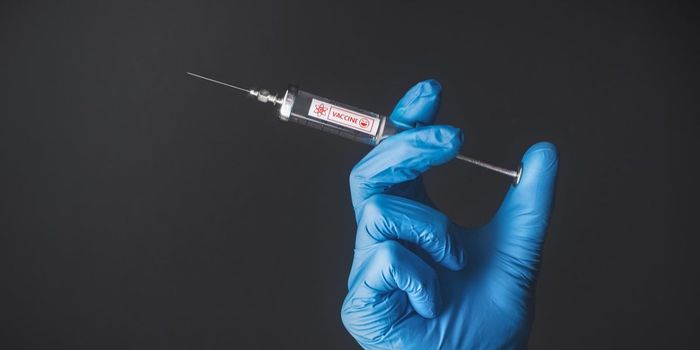The Immune System's Hand in Toxic Shock
While rare, toxic shock is a dangerous condition that acts fast and can be fatal. A new study identified a new target for treating toxic shock, a component of the body’s own immune system.
“Mucosal-associated invariant T cells” or “MAIT” cells are associated with a variety of infectious and non-infectious diseases. This includes toxic shock, where MAIT cells are present from the very beginning, researchers found.
Toxic shock can be derived from either Staphylococcus aureus or group A streptococcal bacteria. Toxic shock derived from group A streptococcal bacteria often stems from bacteremia, flesh-eating disease, and bacterial skin infections, while toxic shock derived from Staphylococcus aureus is usually associated with localized infection.
The present study investigated the streptococcal form of the condition, which is also responsible for common “strep throat” infections.
Common signs and symptoms of toxic shock derived from either source consist of flu-like symptoms, rash, low blood pressure, and - eventually - sepsis and organ dysfunction. Toxic shock is often associated with the misuse of tampons, but it can also develop as a result of complications from soft tissue and post-surgical infections, burns, and retained foreign bodies.
Toxic shock is rare; incidence of toxic shock in the United States is only 0.8 to 3.4 cases per 100,000 people. However, when toxic shock does occur, the consequences are grave. Toxic shock is associated with a high mortality rate and serious tissue damage. Treatment for toxic shock consists of “aggressive intravenous fluid hydration,” infection management, and removal of bacterial sources.
Toxic shock ensues when bacteria produce toxins known as superantigens and cause an inflammatory immune response, including the over-activation of cytokines. The new study found that group A streptococci trigger MAIT cells to mass-produce cytokines, resulting in a “cytokine storm.” This storm is largely responsible for the key attributes of toxic shock, including blood vessel leakage, low blood pressure, and organ failure.
A 2017 study of toxic shock derived from Staphylococcus aureus identified MAIT cells making an “unexpectedly large contribution” to the inflammatory immune response triggered by superantigens. Researchers also found that after activation by the bacterial cells, the MAIT cells no longer responded to bacterial antigens.
Researchers from the present study are excited about the possibility to use new knowledge of MAIT cells’ involvement in streptococcal toxic shock to improve care for people developing the illness. “Early diagnosis and treatment is critical for the outcome of the infection,” explained last author Anna Norrby-Teglund.
Sources: Karolinska Institutet, PNAS, “Toxic Shock Syndrome”, Nature Immunology








